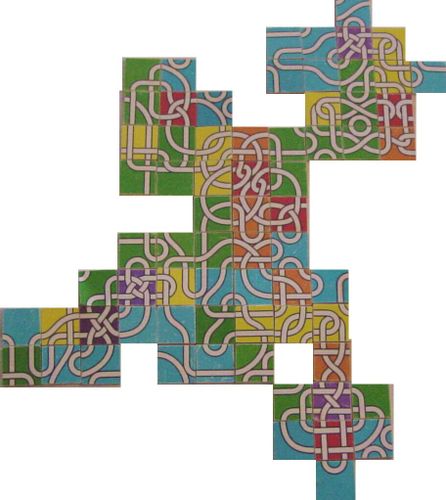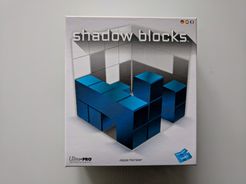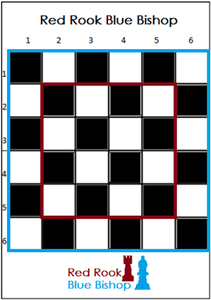|
Advertisement
|
Knot Competitive

DescriptionA tile based game of building and scoring closed loops CONTENTS: OBJECT OF GAME: HOW TO SCORE POINTS: HOW TO PLAY: RULES OF PLAY: Game DiscussionsAdd CommentYou need to be logged in to comment. Insert Bullet List Please enter at least one item. Item: Item: Item: Item: Item: Insert Numeric List Please enter at least one item. Item: Item: Item: Item: Item: Insert Link Please enter the link of the website Optionally you can add display text Insert Email Please enter the email address Optionally add any display text Insert Image Please enter the link of the image Insert YouTube Video Please enter the link of the video MarketplaceNo listings at the moment. Do you own this game? Click here to list it for sale.
|
Best Sellers
Board Games
|
||||
Latest Searches: urbion | pong+hau+ki | Oktawars | Movie+trivial+pursuit | hell+north | The really nasty horse racing | Pathologic | clue master dective | Robotech | masters of venice | Billionaire Banshee | Action Guthrie’s | Thats+what+she+said | vampire++the+masquerade | 25 words or lessà | Flick em | Cape may opaly | Úngame Spanish | Oof dah | Polowanie na ?niadanie | monoply+harry+pottr | yacht+race | harry potter monoply board game | Star+Wars+Monopoly+40th+Anniversary+Game | Sorry cards | brownsville+-+opoly | Clue The Disney Theme Park Edition Tin The Haunted Mansion | Catan:+Cities+ | Monopoly Atlanta Braves | looney tunes monopoly
All Rights Reserved











Comments (0)